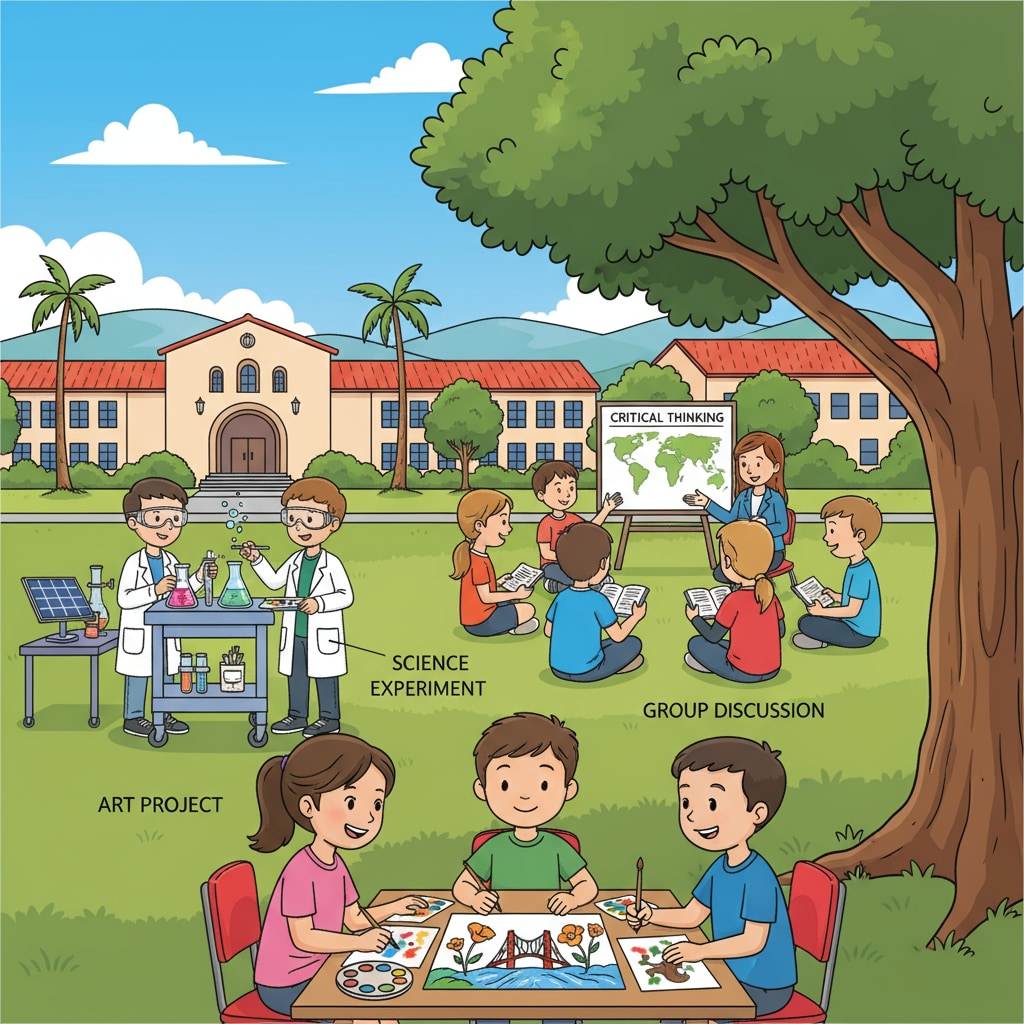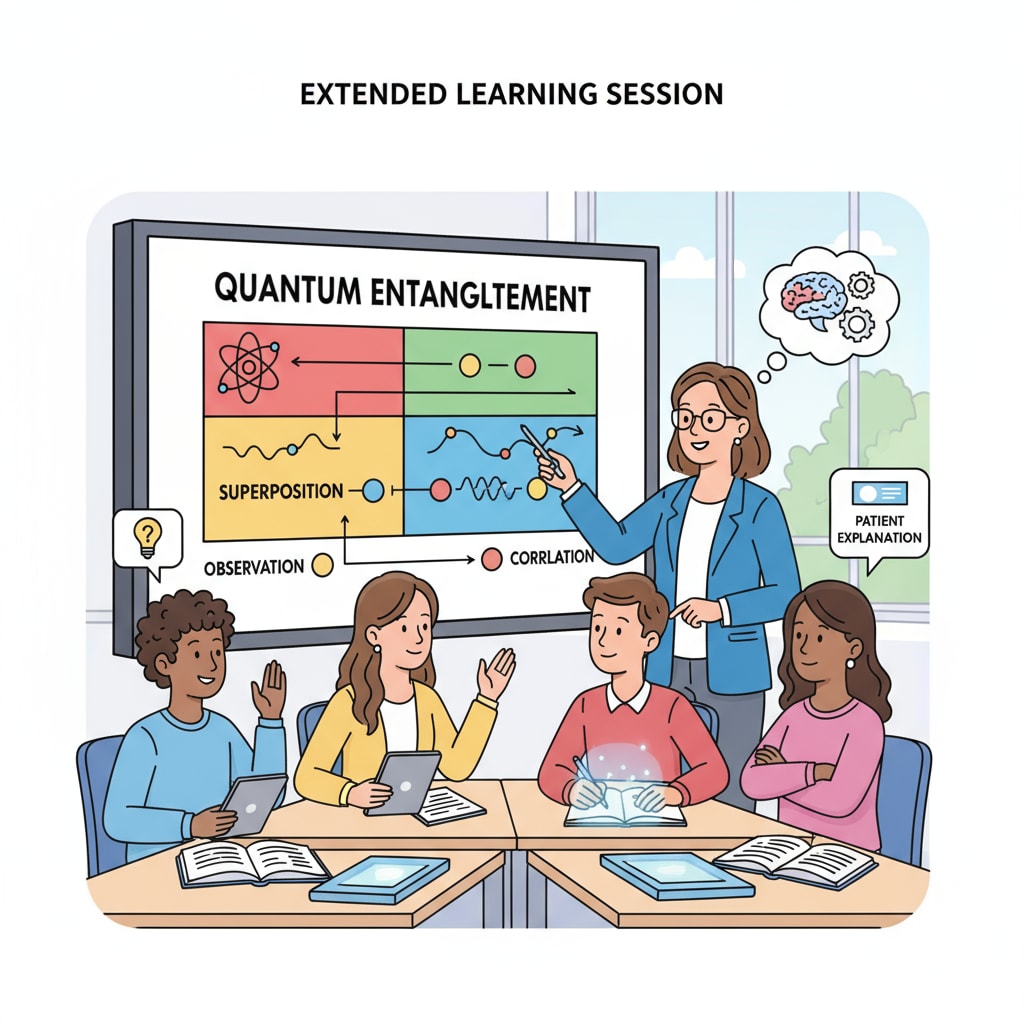The California Extended Learning Opportunity Program (ELO-P), a significant educational funding plan, is playing a pivotal role in revolutionizing the traditional K12 education model. This initiative is not only about providing additional resources but also about reimagining how students learn and grow.

In this article, we will delve deep into the diverse evaluations of ELO-P by educators and analyze its potential and challenges in bridging learning gaps, offering personalized education, and fostering holistic development.
The Significance of ELO-P in Educational Funding
ELO-P has emerged as a game-changer in the realm of educational funding. It allocates substantial resources to schools, enabling them to expand learning opportunities beyond the regular school day. This funding is crucial as it allows for the implementation of various programs, such as after-school tutoring, enrichment activities, and extended-day learning. For example, schools can use the funds to hire specialized teachers or purchase educational materials that enhance the learning experience. California Department of Education’s official page on ELO-P

Bridging Learning Gaps through Extended Learning
One of the primary goals of ELO-P is to bridge the learning gaps that exist among students. By providing extended learning opportunities, students who may be struggling academically can receive additional support. This could include one-on-one tutoring, small group instruction, or targeted academic interventions. Moreover, extended learning can also benefit high-achieving students by offering them advanced courses or challenging projects. As a result, the program aims to create a more equitable educational environment where all students have the chance to succeed. EdWeek’s article on bridging learning gaps
However, implementing effective strategies to bridge learning gaps is not without challenges. Schools need to ensure that the extended learning programs are well-designed and targeted at the specific needs of the students. Additionally, there may be issues related to student engagement and participation, as some students may be reluctant to participate in additional learning activities outside of regular school hours.
Readability guidance: As we can see, ELO-P has the potential to make a significant impact on bridging learning gaps. But it requires careful planning and execution. In addition, we need to address the various challenges that come with it. Moving on, let’s explore how ELO-P contributes to personalized education.
Personalized Education Enabled by ELO-P
ELO-P provides a platform for schools to offer personalized education experiences. With the additional funding, schools can tailor learning programs to meet the unique needs and interests of individual students. This could involve offering a wide range of elective courses, project-based learning opportunities, or individualized learning plans. For instance, a student interested in art can participate in extended art classes, while a student passionate about science can engage in hands-on experiments. In this way, ELO-P helps to foster a love for learning and encourages students to explore their passions.
Nonetheless, providing personalized education at scale can be a daunting task. Schools need to have the necessary resources, including trained teachers and appropriate facilities, to support individualized learning. There may also be difficulties in coordinating schedules and ensuring that all students have access to the programs they desire.
Readability guidance: Clearly, ELO-P has opened up new possibilities for personalized education. However, we must also be aware of the obstacles that need to be overcome. Next, let’s take a look at how ELO-P promotes holistic development.
Fostering Holistic Development through Extended Learning
Extended learning under ELO-P is not just about academics; it also focuses on the holistic development of students. The program encourages the inclusion of activities such as sports, music, drama, and community service. These activities help to develop students’ physical health, creativity, social skills, and sense of responsibility. For example, participating in a sports team can teach students teamwork and discipline, while engaging in community service can instill a sense of social awareness.
To fully realize the potential of holistic development, schools need to ensure a balanced approach. They must allocate sufficient time and resources to both academic and non-academic activities. Additionally, collaboration with external organizations and the community can enhance the quality and variety of the extended learning programs.
Readability guidance: In conclusion, ELO-P, with its educational funding for extended learning, has the potential to transform K12 education in California. While there are challenges, the opportunities it presents for bridging learning gaps, providing personalized education, and fostering holistic development are significant. Educators, schools, and the community need to work together to make the most of this initiative and create a brighter future for students.


